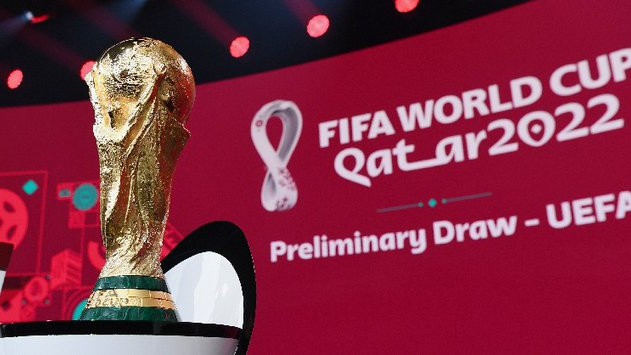Number crunchers from Indian Statistical Institute (ISI), Kolkata, and Calcutta University might have the last laugh at the 2022 Qatar World Cup as they use advanced Machine Learning (ML) to determine whether Scaloni’s team or Les Bleus play the ball most.
While tickers in the live telecast will keep providing data on ball possession, the statistics scholars are honing a model to achieve “100 per cent accuracy” on ball possession statistics by employing what they call the “Reinforced Learning” technique.
In a peer-reviewed paper published in the Institute of Electrical and Electronics Engineer (IEEE) Conference on Computer Vision and Pattern Recognition in July 2022, Saikat Sarkar and Dipti Prasad Mukherjee from ISI, Kolkata, and Amlan Chakrabarti from Calcutta University propose the use of “dual interacting agents” for automatic generation of possession statistics in football.
While Sarkar, Mukherjee and another ISI scholar, Samriddha Sanyal, published in 2018 a paper on using traditional Machine Learning techniques in calculating ball possession (reported by The Telegraph), which calculated with a 73 per cent accuracy, the new Reinforced Learning (RL) technique, they say, has driven the accuracy up to 86 per cent.
Mukherjee, of the ISI’s electronics and communication sciences unit, says: “A football game can be visualised as a network of passes. This RL technique is a significant development compared to earlier models of pass network flow which were published in leading journals. To achieve 100 per cent accuracy, we need to do more research. We have a demonstrable system and are looking for funding to scale it up.”
Ball possession is regarded as a key parameter to determine a team's domination in a football match.
The most popular method of calculating ball possession is by pass count method where the number of passes made by a team is divided by the total number of passes made in the match.
“The main challenge here is how to detect a valid pass in a soccer video,” writes the trio in the paper.
“Reinforced Learning (RL) solves this,” Sarkar said.
It involves the use of two virtual agents to detect passes and detect teams respectively. The two agents also communicate with each other giving inputs on accurate detection.
